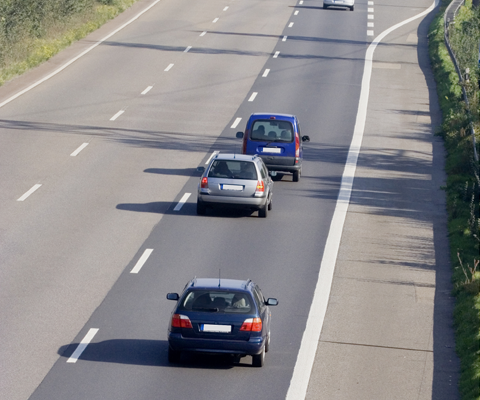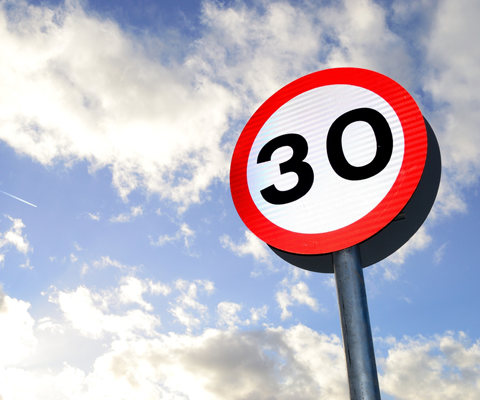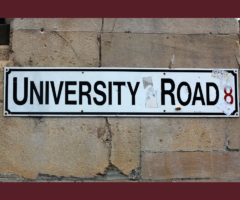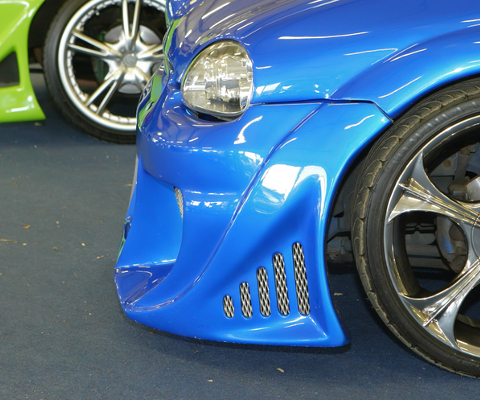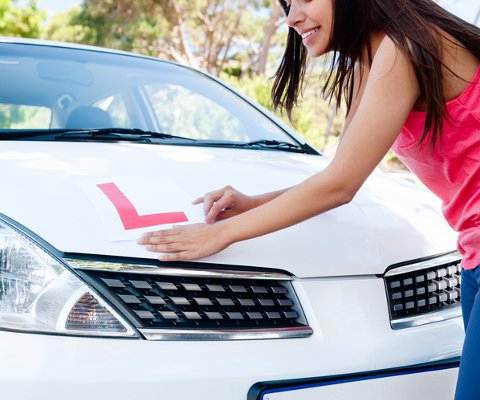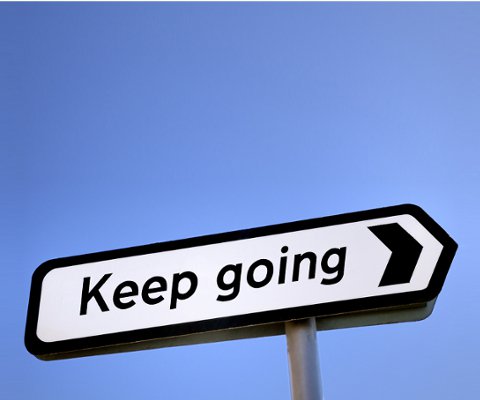
Driving tips and other life stuff
Improving your cornering: different road conditions
When you really think about what's keeping your car on the road, it's just 4 wheels, wait no...4 bits of rubber roughly the size of the palm of your hand. That's not a lot of contact with the road AT ALL.
This is all fine and dandy on a normal bright sunny day, with normal dry roads at a normal time of day. But driving in the real world just isn't like that.
Here's how to deal with cornering in different road conditions.
Whatever the weather
If you asked me, I would just advise everyone to stay at home and not drive anywhere when the weather was bad - but your teachers and bosses might have something to say about that. Cornering on wet or icy conditions can be really dangerous and will affect your stopping distance, but remembering these 3 things should help keep your tyres firmly on the ground:
- Keep your speed low and make sure you're in the correct gear way before you get to the corner
- Don't hit the brakes on the corner else your car could start skidding. If you do start to slide, steer gently in the same direction.
- Finish the manoeuvre smoothly - your steering wheel plays just as an important role as the wheels on the ground so avoid jerking this sharply as you turn.
- When cornering to the right, position your car towards the left of the lane (if it's safe) - this will give you a clearer view around the corner so you have time to prepare for any potential hazards.
- When cornering to the left, position your car towards the right of the lane so you have a good view of any hazards coming up while giving yourself space to turn.
Your car is much more likely to lose traction and grip of the road if surfaces are wet. If it's raining heavily or has been, always take tight corners at a much reduced speed.Bee
ingenie's Driving Feedback Team
Turning too sharply
Turning sharply means you're asking your tyres to suddenly grip in a direction against the power of your car, which is still moving forward. This can happen even at low speeds.
Time of day
When you're driving at night and the satnav is telling you to turn left but you literally can't see where the turning is, so you miss it because you hadn't slowed down enough - it's stressful. Situations like that are frustrating for you as a driver (especially when it adds 12 minutes to your journey) but can also cause confusion to the driver behind you if you're indicating but not turning.
Driving at night is statistically more dangerous than driving in the day and that means you need to be preparing to corner A LOT earlier.
Your perception of distance also isn't as good in the dark (basically everything is more rubbish except for dancing and watching films) so you need to be driving slower to allow for upcoming sharp bends.
By Katey Gregory
Katey Joined ingenie in 2014 and is in charge of all things social and content. She passed her driving test in 2015 and her first car is a Toyota Yaris T3 named Tyrone.


